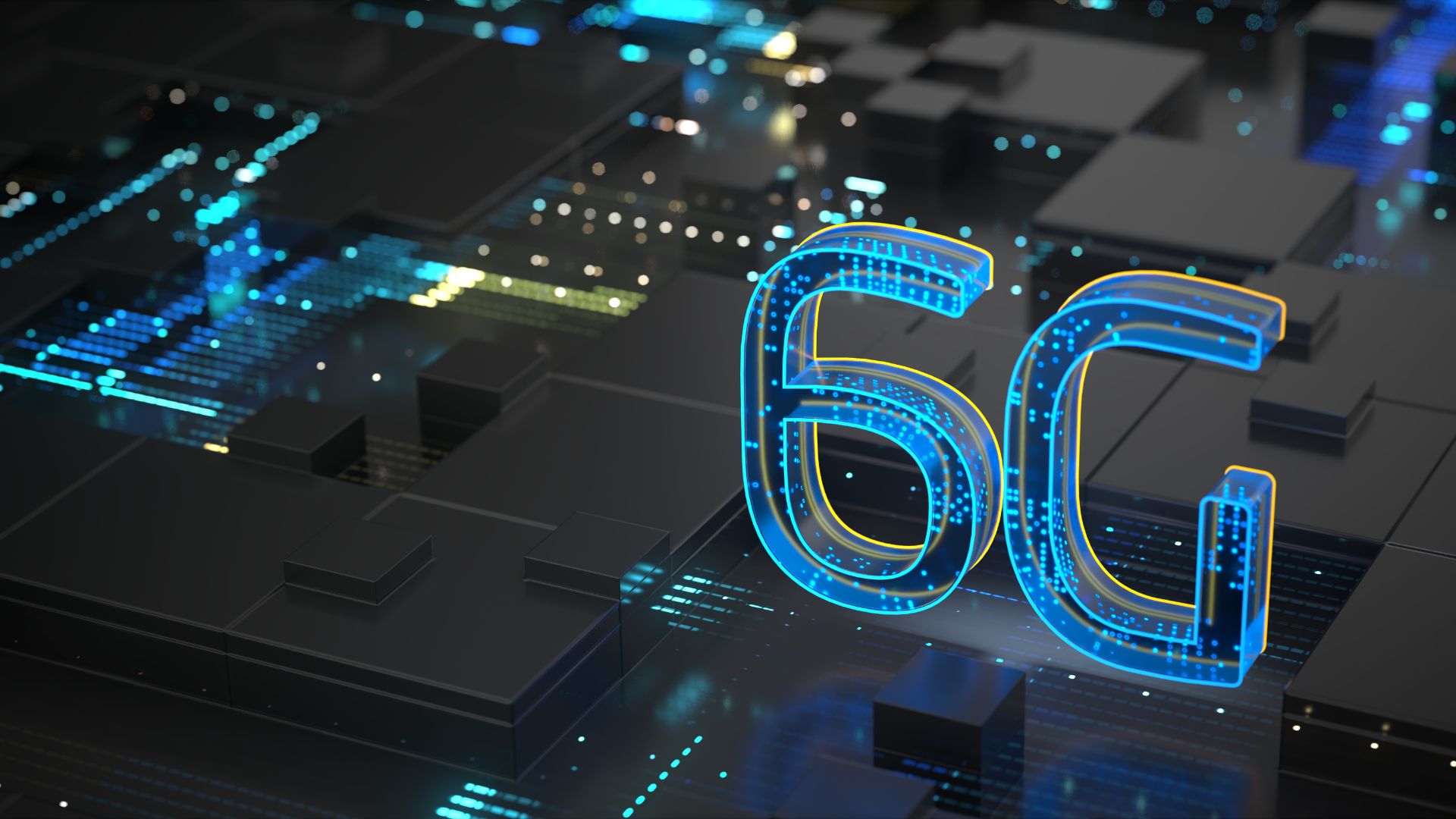
938 Gbps: 6G testing hits 9000x 5G speed, could download 20+ movies in a second
The researchers achieved a 938 Gbps transmission data rate with less than a 300 MHz gap between different RF and mm-wave bands.
Updated: Oct 16, 2024 01:15 PM EST
Kapil Kajal
0
Representative image.
Just_Super/iStock
The researchers have transmitted wireless data at a speed of 938 gigabits per second (Gbps), surpassing the average speed of a current 5G phone connection by more than 9000 times.
This speed allows for the download of over 20 movies of average length every second. It sets a new standard for multiplex data, which combines two or more signals.
To increase transmission speeds, Zhixin Liu and his team at University College London have utilized a broader spectrum of frequencies than ever before.
They have operated across a range from 5 gigahertz to 150 gigahertz, employing both radio waves and light.
The experiment was conducted to evaluate the speed that 6G could achieve in the future.
Lightning-fast 6G
The next-generation radio access network (RAN) requires high-speed wireless transmission between base stations that exceeds 100 Gbps to connect access points and hubs.This has motivated research exploring fully utilizing wireless spectrum from sub-6 GHz to millimeter (mm) waveband (e.g., D-band up to 170 GHz) for data transmission, using all-electronic or optoelectronic approaches.
However, all-electronic and optoelectronic methods have been used separately due to the challenge of generating broadband signals with synchronized carrier frequencies.
The researchers demonstrated an ultra-wide 145 GHz bandwidth wireless transmission of orthogonal frequency-division multiplexing (OFDM) signals over the air, covering a 5–150 GHz frequency region.
This is achieved by combining the merits of high-speed electronics and microwave photonics technologies.
938 Gbps: 9000x faster than 5G
Specifically, the signals over 5–75 GHz are generated using high-speed digital-to-analog converters.The high-frequency mm-wave band signals, including W-band (75–110 GHz) and D-band (110–150 GHz), are generated by mixing optically modulated signals with frequency-locked lasers on high-speed photodiodes.
By frequency-locking two pairs of narrow linewidth lasers and referring to a common quartz oscillator, the researchers generated W-band and D-band signals with stable carrier frequency and reduced phase noise compared to free-running lasers, maximizing the use of spectrum.
By using OFDM format and bit loading, the researchers achieved a 938 Gbps transmission data rate with less than a 300 MHz gap between different RF and mm-wave bands.
This is the fastest recorded speed for multiplex data, but individual signals have been transmitted even faster, surpassing one terabit per second.
According to Liu, the division of signals over broad frequency ranges is akin to transforming the current 5G networks’ “narrow, congested road” into “10-lane highways. “Similar to traffic, wider roads are necessary to accommodate more vehicles.
Basis for future 6G tech
Liu’s team is currently discussing with smartphone manufacturers and network providers. He is optimistic that their work will form the basis for future 6G technology, although other competing approaches are also being developed.Recently, a group of Japanese telecommunication firms have developed a high-speed 6G wireless gadget that can carry data at up to 20 times the speed of 5G.
The device can transmit data at 100 Gbps at distances up to 330 feet (100 meters).
RECOMMENDED ARTICLES
 Prostate Care Redefined: Discover the MoltoDesigned by leading Urologists, this clinically proven, FDA Class 2 device delivers precise vibrations to the prostate to improve prostate health.MV.Health
Prostate Care Redefined: Discover the MoltoDesigned by leading Urologists, this clinically proven, FDA Class 2 device delivers precise vibrations to the prostate to improve prostate health.MV.Health New York: Say Bye to Your Car Insurance Bill if You Live in These Zip Codesottoinsurance.com
New York: Say Bye to Your Car Insurance Bill if You Live in These Zip Codesottoinsurance.comFour firms, namely DOCOMO, NTT Corporation, NEC Corporation, and Fujitsu formed a consortium for the project.
Since 2021, these companies have collaborated on research and development concerning sub-terahertz devices, foreseeing the dawn of the 6G era.



